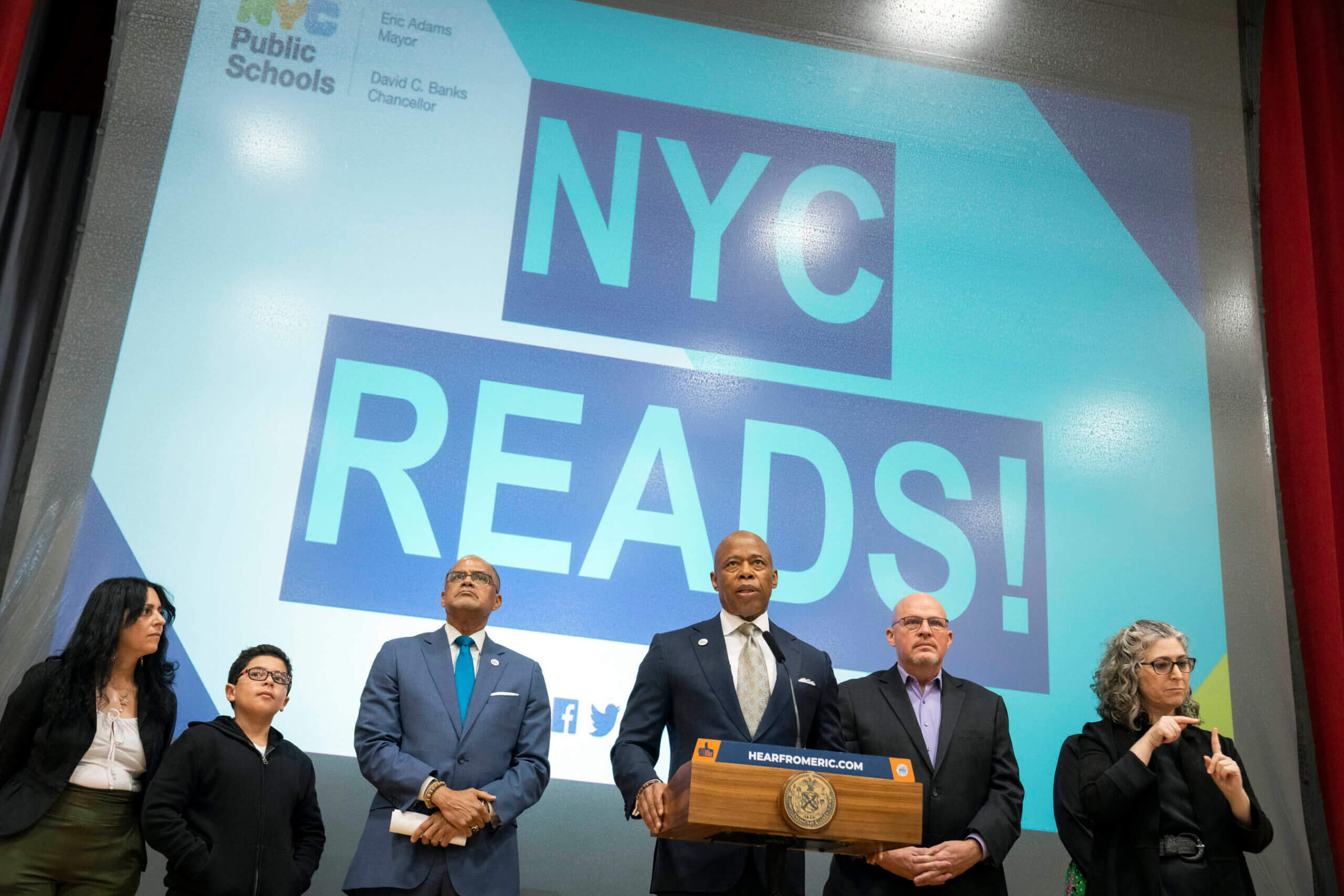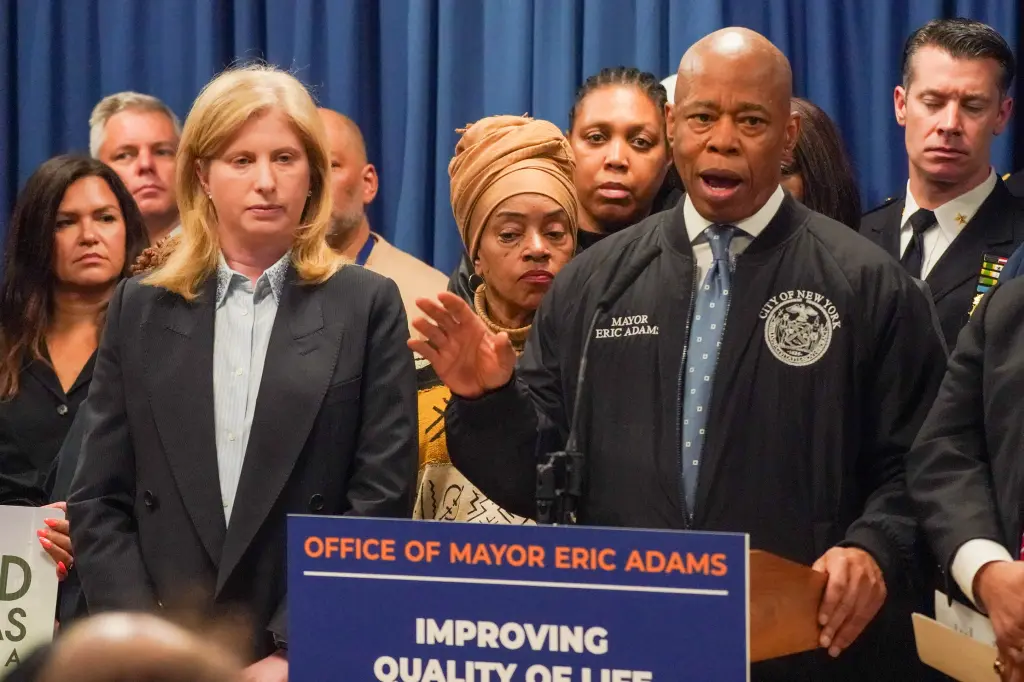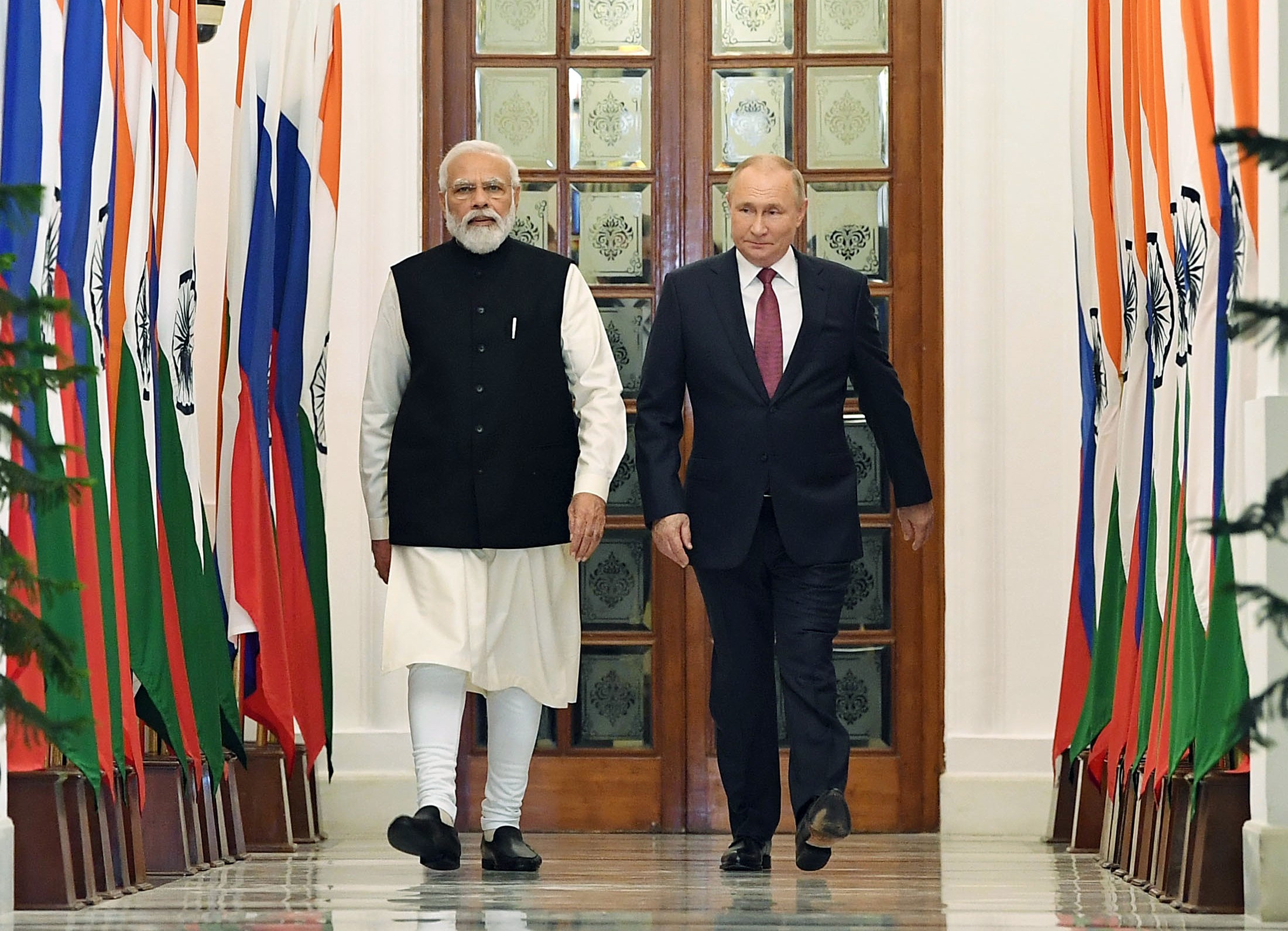The 2023 summit explored the BRICS’ expansion, with over 40 countries expressing interest and 23 formally applying for membership
Rajeesh Kumar
The 15th BRICS Summit took place in Johannesburg, South Africa, from 22 to 24 August 2023, with the theme ‘BRICS and Africa: Partnership for Growth, Development, and Inclusive Multilateralism’. The first in-person BRICS meeting after COVID-19 was a pivotal event, amplified by global geopolitical tensions, post-pandemic recovery challenges, and controversies surrounding Russian President Vladimir Putin’s absence in Johannesburg.
The event gained exceptional significance for the BRICS as it played a decisive role in shaping the group’s future trajectory, including the decision on expansion. The Summit decided to invite Argentina, Egypt, Ethiopia, Iran, Saudi Arabia, and the United Arab Emirates (UAE) as new members of the group. This Brief critically analyses the outcomes and deliberations of the summit while contextualizing the significance of the BRICS within the broader framework of the evolving world order.
BRICS in Numbers
In 2022, the BRICS countries were home to a combined population of approximately 3.24 billion, representing over 40 per cent of the global population. Notably, the major contributors to this staggering figure were China and India, surpassing 1.4 billion individuals in population. In contrast, the remaining three countries within the BRICS collectively accounted for just under 420 million people.
Over two decades, the BRICS countries steadily increased their share of the world’s GDP (Nominal), from 11.74 per cent in 2000 to 17.95 per cent in 2010 and 26 per cent in 2022. Today, BRICS nations collectively contribute 31.5 per cent of the global GDP (PPP), surpassing the G7’s 30 per cent share. Projections suggest that by 2028, the BRICS’ contribution to global GDP will exceed 50 per cent, further underlining their growing economic significance.
In the trade domain, BRICS economies collectively represent 18 per cent of global exports, and their share is progressively increasing. The growth rate of intra-BRICS exports surpasses the global average, indicating fruitful economic cooperation. This has contributed to the gradual rise in intra-BRICS investment, albeit at a moderate pace.
15th Summit in South Africa
The annual BRICS Summit fosters dialogue on strategic, economic, and global matters among nations of diverse backgrounds. The summit aims to enhance cooperation, in order to address global challenges, promote inclusive growth, and strengthen geopolitical ties. Each member’s unique perspective bolsters the summit’s impact on global policies. Key to the summit is bolstering member cooperation. Leaders engage on security, trade, tech, and development. Economic collaboration is central, given their sizable population and economies. Joint initiatives focus on balanced global economics. The summit empowers emerging economies to assert international influence and present alternative views.
The 15th Summit centered around the ‘BRICS and Africa’ theme, focusing on five key priorities. These included fostering partnerships for an equitable, just transition; reshaping education and skills development for the future; harnessing opportunities through the African Continental Free Trade Area; bolstering post-pandemic economic recovery alongside the 2030 agenda; and strengthening multilateralism. The summit is pivotal in advancing cooperation between the BRICS nations and the Global South, particularly with African nations.
The 15th summit garnered attention due to several factors, including President Putin’s absence, deliberations surrounding the expansion of the BRICS, and speculations regarding introducing a BRICS currency. During the preparations of the meeting, Putin’s potential visit to South Africa posed a diplomatic and legal predicament for the host nation due to the International Criminal Court (ICC) order. However, after the initial confusion, Putin decided to skip the annual summit and announced that he would participate virtually.
The view that Putin’s absence signals a crack within BRICS stems from the notion that it diminishes Russia’s global influence and hampers its diplomatic engagements, indicating a shrinking sphere in global politics. However, on the other hand, Putin’s absence also underscores the maturity of the BRICS as a group. His participation could have significantly diverted the Summit’s focus. Consequently, his non-attendance enabled BRICS to focus on central agenda items and emerging global concerns.
BRICS Expansion
The idea of expansion traces back to 2013 when the South African Presidency invited the African Union (AU), marking early outreach efforts. Later in 2017, China introduced the ‘BRICS Plus’ concept, signalling openness. In 2022, BRICS agreed to admit new members and subsequently, Iran and Argentina applied for membership. However, the inherent complexities surfaced due to a lack of clarity surrounding the criteria and procedures for accession.
The 2023 summit explored the BRICS’ expansion, with over 40 countries expressing interest and 23 formally applying for membership. After deliberations, the summit invited six countries—Argentina, Egypt, Ethiopia, Iran, Saudi Arabia and the UAE—to become full members of BRICS from 1 January 2024. The expansion significantly enhances the economic weight of BRICS and increases its envisaged role as a geopolitical alternative to global institutions dominated by the West. The enlarged grouping will account for 46.5 per cent of the world population and about 30 per cent of global GDP.
The enlarged group is also poised to assume a more significant position, primarily driven by the inclusion of Saudi Arabia, UAE and Iran. These three countries contribute 12.9, 4.3 and 4.1 per cent of global oil production respectively. Their membership in BRICS will increase the group’s share of global oil production from 20.4 per cent to 43.1 per cent.
The enlarged BRICS will also control over 30 per cent of the global production of natural gas. Similarly, expansion will grow the group’s share of global exports to 25.1 per cent, up from 18 per cent.

BRICS Currency and De-Dollarization
The other important topic during the 15th Summit was the proposal for a BRICS common currency. However, in contrast to the discourse on BRICS expansion, this proposition encountered a restrained level of endorsement from within the BRICS leadership. The group’s divergence of opinions underscored the nuanced nature of the discussions. Brazil emerged as a proponent of a shared currency, actively advocating for its implementation. In contrast, India adopted a contrary stance by negating the significance of a BRICS currency. South Africa emphasized that the idea was outside the summit’s agenda. Chinese and Russian perspectives tilted towards a strategic shift in trade dynamics, favoring a transition from the dollar-centric approach to transactions involving national currencies.
Nonetheless, with historical experiences of US sanctions affecting all BRICS nations, particularly Russia and China, the pursuit of de-dollarization for international settlements becomes a shared motivation. This strategy seeks to alleviate vulnerabilities arising from excessive reliance on the US dollar and to mitigate the risks posed by sanctions. The diminishing prominence of the US dollar in BRICS trade settlements underscores this collective aspiration, illustrated by the Russia–China bilateral trade settlement in the dollar, declining from nearly 90 per cent in 2015 to 46 per cent in 2020. To actualize de-dollarization, cross-border payment mechanisms employing local currencies have gained momentum, exemplified by initiatives like BRICS Pay and bilateral local currency settlement systems.
On the other hand, USD is the most preferred currency for global export invoicing, including in intra-BRICS transactions. For instance, China is Brazil’s largest trading partner. Still, an overwhelming 90 per cent of export invoicing remains in USD, even though the US accounts for only 17 per cent of Brazil’s total exports in 2022. Similarly, China takes the lead as Russia’s primary trading partner, yet the share of export invoicing in dollars has declined from 81 per cent in 2013 to 48 per cent in 2021. On another front, India’s imports and exports are overwhelmingly denominated in USD, constituting more than 80 per cent of transactions, despite only 6.77 per cent of imports originating from the US and 17 per cent of exports directed to the US. Despite China’s dominance as South Africa’s major trading partner, the USD remains the preferred currency for invoicing transactions.
BRICS and the Emerging World Order
The BRICS has emerged as a key player in reshaping the global order. It provides a platform to address inequalities and Western dominance in global governance. With an ambitious agenda that mirrors their growing influence, BRICS nations aim to create a multipolar world order. Their emphasis on cooperation over unilateralism offers an alternative vision to the traditional power dynamics. As a group of emerging economies, BRICS advocates for a more inclusive and equitable global system that accommodates diverse interests. BRICS aims to establish a multipolar world order challenging existing power dynamics while maintaining a cooperative stance.
Further complicating matters are geopolitical tensions inherent in the territories of member nations, which possess the potential to disrupt BRICS’ harmonious functioning. Local conflicts and disputes may permeate the group’s interactions, generating friction and hindering collective initiatives. Navigating these intricacies while preserving the unity of the grouping stands as a pivotal requisite for its sustained success.
The 15th Summit shows that BRICS embodies resilience, adaptability, and collective vision, positioning itself as a potent global player. The summit also underscores that BRICS’ fundamental objectives, which relate to representing the interests of developing nations, advocating for global governance reform, and fostering economic growth, remain significant. This marks a promising era as BRICS steps into a new phase of global influence and collaboration. The broad impacts of BRICS enlargement, from boosted economic clout to diversified energy tactics, highlight the group’s proactive stance amid global chaos.
India’s participation in BRICS aligns with pursuing strategic autonomy and geopolitical equilibrium. The group acts as a platform for India to advocate Global South solidarity, multi-polarity, reformed multilateralism and engage as a rule-maker. Within BRICS, India takes the lead in combating terrorism. Furthermore, BRICS’s climate change objectives align closely with India’s interests. However, India’s engagement within BRICS presents formidable challenges as well. Preventing the bloc from morphing into an overtly anti-Western entity while upholding its distinct non-Western identity is such one. Striking this balance will be the test for India’s engagements with and BRICS’ future in the world order.
Dr Rajeesh Kumar is Associate Fellow at Manohar Parrikar Institute for Defence Studies and Analyses, New Delhi
Views expressed are of the author and do not necessarily reflect the views of the Manohar Parrikar IDSA or of the Government of India.
The full version of this article first appeared in the Comments section of the website (www.idsa.in) of Manohar Parrikar Institute for Defense Studies and Analyses, New Delhi on August 31, 2023


























